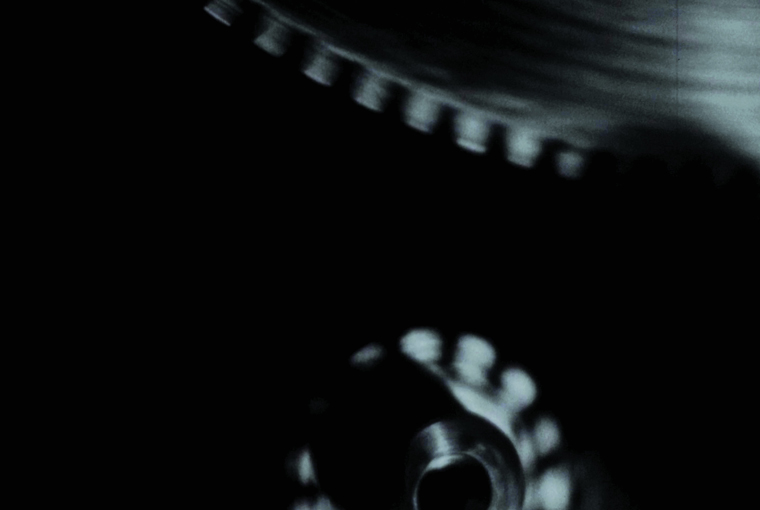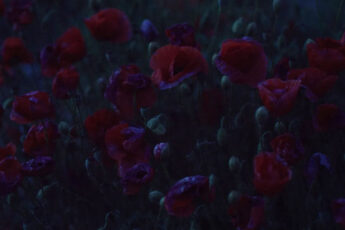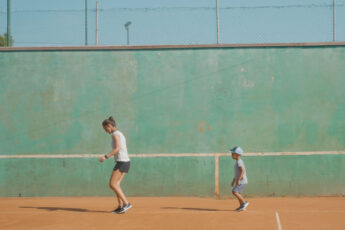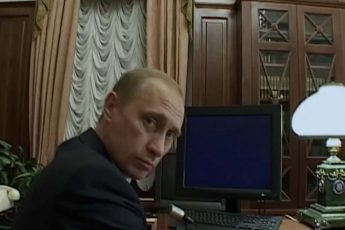A Symphony of Surfaces
George Săbău’s Fragmentarium (1985-1990)
Vol. 122 (February 2022) by Zoe Aiano
The Kinema Ikon collective based in the Romanian city of Arad first came about in 1970 as a workshop dedicated to the production of experimental film, and still lives on today in an altered, more expansive form, often focused on digital and hybrid work. Carefully tiptoeing around the various ideological pitfalls inherent to cultural production in the Ceaușescu era, over the course of two decades the group managed to maintain a steady output of short works marked by a dialogue with international avant-garde movements, in defiance of the country’s relative artistic isolation at that time.
This was made possible thanks to the shrewd negotiations of the group’s founder George Săbău, who struck a deal with the state whereby he secured access to the necessary equipment and film stock in exchange for producing a number of politically compliant documentaries. Not limiting himself to a supervisory or didactic capacity, Săbău himself also actively participated in the actual filmmaking. One example that typifies the level of accomplishment, playfulness and also engagement with a range of twentieth century canons is Fragmentarium, made in the final stretch of the collective’s first phase, between 1985 and 1990.
True to the title, the film consists entirely of extreme close-ups of a variety of surfaces strung together to form a haptic montage. Some of the images are zoomed-in to the point of abstraction, divorcing the objects from their standard context and thereby privileging their textural and tactile qualities over their functionality. The objects in question vary between the natural and the manmade, and include a drain grate, plants, rocks, various types of machinery and several things that are unidentifiable. The only human presence is represented by shots of skin, filmed close enough to reveal the rough ridges of the dermis, placing the same value on living matter as every other inanimate material surface.
Despite the lack of narrative or explanatory context, the film can be roughly divided into three parts. It starts off focusing on the textural aspect of the images, with static shots of unmoving objects, the stillness only broken by means of focus pulls and the gentle sway of the handheld camera. The rhythm of the editing is emphasized by the soundtrack, which features a slow, echoing beat and a repetitive refrain played on a jaw harp. As the tempo of the music gradually increases, movements start to appear in the images, both within the frame and through movement of the camera. An elemental theme appears, with dripping rain and flickering flames. The machinery whirs into action and the human skin is flexed as the montage slowly crescendos. This then culminates in a frenzied peak, the subjects now exclusively being industrial mechanisms in action, spinning, thrusting, sliding. Often, the shots are super-imposed over one another through dissolves, heightening the kinetic impulse, while the music also becomes more abstracted, electronic, and chaotic.
The whole film could easily be read as a love letter to early twentieth century film and art. Especially at the beginning, the framing and cinematography are distinctively evocative of Dadaism and Surrealism from the 1920s, in particular Man Ray, given the occasional soft glowing chiaroscuro and plays on reflectivity and rough juxtaposed with smooth. In its entirety, the piece could be viewed as a city symphony on a macro level, venerating the banal and everyday by literally aggrandizing it on screen.
Of course, the most obvious comparison for the frenetic machinery sequence has to be Dziga Vertov and his rhythmic montage. However, the important difference between the two is the ideological intent. Vertov was very explicitly and pointedly attempting to construct an image of societal utopia achieved through a symbiosis between people and industry, which he then hoped to reify through his filmmaking. In Săbău’s film, however, humans and even human society are almost entirely absent. His ‘ballet mécanique’ stays within the realm of the machines, giving them an autonomy and expressivity detached from any kind of functionality. Moreover, it’s significant that the machine elements come to dominate over the organic, which gets entirely left behind.
It’s possible that Săbău was leveraging these references to make some point of his own. However, it’s equally possible he was simply reveling in the joy and beauty of this play of images, which undoubtedly stands up on its own. What is intriguing to consider is the 5-year time span given for the release date, especially considering the context that the group’s films were made possible by making propagandistic documentaries. Perhaps this extended period refers to the time the director gathered the visuals individually without having any clear intention of what to do with them, or perhaps he spent the five years re-editing them until he found his preferred form. Either way, the film must in some way be a response to the forced exposure to industrial environments, and it certainly feels more celebratory than pejorative.




Leave a Comment